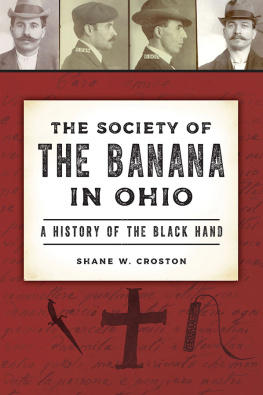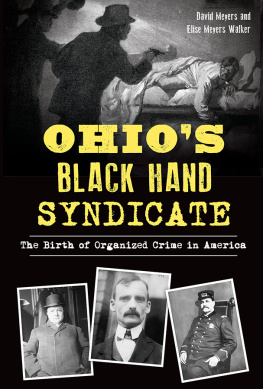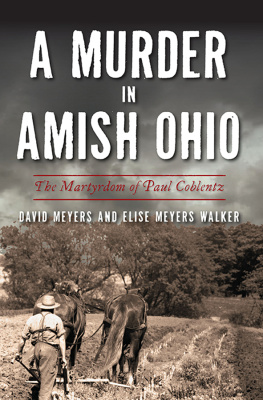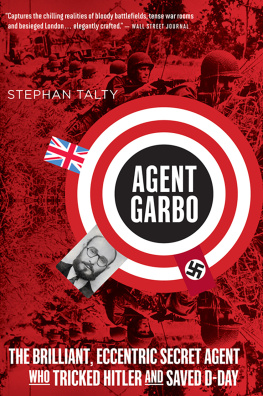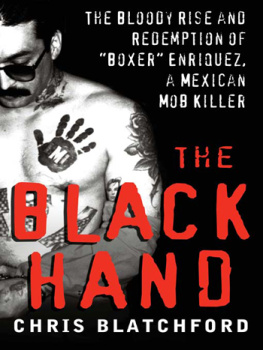
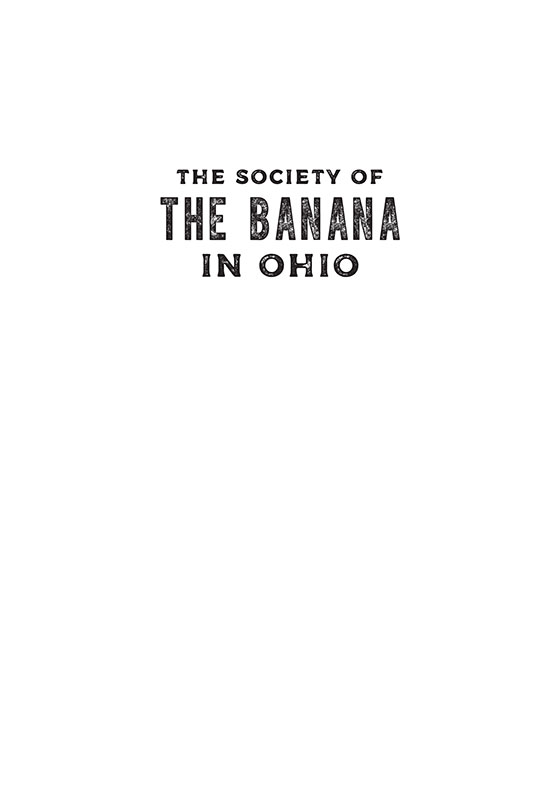

Published by The History Press
Charleston, SC
www.historypress.com
Copyright 2022 by Shane Croston
All rights reserved
First published 2022
E-Book edition 2022
ISBN 978.1.43967.633.2
Library of Congress Control Number: 2022939476
Print Edition ISBN 978.1.46715.200.6
Notice: The information in this book is true and complete to the best of our knowledge. It is offered without guarantee on the part of the author or The History Press. The author and The History Press disclaim all liability in connection with the use of this book.
All rights reserved. No part of this book may be reproduced or transmitted in any form whatsoever without prior written permission from the publisher except in the case of brief quotations embodied in critical articles and reviews.
In memory of
Dorothy Marie (Lombardo) Vicario
(19272020)
Ecclesiastes 3:18
CONTENTS
ACKNOWLEDGEMENTS
A special thanks to my grandmother Dorothy Vicario (19272020) for endless memories and countless hours of sharing stories about her life and family, including stories about her dad, John Lombardo; her mom, Antoinette Iannarino; stepmom, Grandma Lombardo; her grandfather Agostino The Banana King Iannarino; and her memories of Tony Vicario, Grandma Vicario, Uncle Charlie, Aunt Mary, Sam DeMar and Grandma Cira.
Thanks to Agusta Aunt Peggy (Iannarino) Passero (19212022) for sharing memories of her father, Agostino Iannarino.
Jeanne A. (Henry) Vicario (19292017) introduced me to our family history and the story of the Black Hand in the early 2000s. Thanks to Jeanne, her extensive research and her preservation of family records, this book was possible.
Thank you to:
Mike and Diana (Vicario) Hawkey (great-granddaughter of Salvatore Cira). They shared so much and gave me photos and records that helped immensely when putting this book together. I enjoyed every moment of hearing about the history of our family and Dianas memories of her grandfather Charles Vicario.
My parents, Brian Croston and Karen Vicario, who continue to support me in everything that I do. My mom, Karen, is a granddaughter of Tony Vicario, great-granddaughter of Salvatore Cira and great-granddaughter of Agostino Iannarino.
My sister Devyn for her artwork and my sister Kylie for all of her help throughout the years.
Maria Scandurra, who has supported me every step of the way and helped with everything from start to finish.
Teresa Mangia (great-granddaughter of Agostino Iannarino) for sharing our family history, family photos and the research of Stephanie (Iannarino) Seigla and Mary Jo Mangia (1960 2015).
John Vicario (grandson of Tony Vicario) and all of the Vicario family for their memories and stories.
Jennifer (Entsminger) Butler (great-granddaughter of Tony Vicario) for her help proofreading.
Beth Marshall and all of the staff at the Logan County Historical Society/History Center in Bellefontaine, Ohio. They were extremely helpful and provided me with many photos, newspaper articles and documents.
Paul Pardi (great-great-grandson of John Amicon) and the Pardi family for contributing photos and sharing their extensive research on the Amicon family.
Cheryl Bliss Ellinger (great-granddaughter of Saverio Ventola) for her photo contributions.
Catherine Anne (Seger) Roberson (great-granddaughter of Sebastian and Catherine Lima) for sharing her family stories and memories.
John Rodrigue for supporting the project.
Everyone at The History Press.
Marion County (OH) Historical Society; Logan County (OH) Library; Columbus Metropolitan Library; U.S. National Archives at Chicago, Kansas City and Philadelphia; New York State Archives; and the Library of Congress.
Thank you all!
INTRODUCTION
Woe unto you if you turn to the police. We are brigands escaped from Italy, and
the police look like flies to us.Read the newspapers and see what we have done
in New York, Chicago, New Orleans, and Pittsburgh.We advise you that we
have dynamite, a double load, that will send your house up in the air and kill all
who are within.Either money or your life.
Signed,
The Human Butchers
This was a segment from one of the many threatening letters received by Italian immigrant John Amicon in early 1909. He was told that he must pay $10,000 or forfeit his life. It was not uncommon for Italians all across the United States to encounter similar threats. Newspapers often described accounts of kidnappings, bombings and murder. In every major city in the country, these crimes were attributed to a secret group known as the Black Hand Society.
After the murder of New Orleans police chief David Hennessy in 1890, people became accustomed to reading about crimes of the Mafia. From then on, most Italian crime was attributed to the Mafia, and many Americans often looked at all Italians as being involved in some sort of secret organization. Then in 1903, a New York newspaper published a story about a dreaded Italian society, detailing the contents of threatening letters that were signed La Mano Nera, which was translated to The Black Hand.
Italian newspapers ran with the new term and were glad to use something other than the word Mafia. Week after week, people read about the Black Hand under horrific headlines, and the group became notorious worldwide. The unfavorable reputation of Italians became so widespread that in 1908, the King of Italy Victor Emmanuel III spoke out, calling the Black Hand a mythical creation.
Sicilians lived by a distinct code called omert. This code was explained by Palermo public security officer Antonio Cutrera, who said, All private differences should be settled privately, either in a fair fight or by murder. If a man went to the police, he was not considered a man of honor. These ideas were engrained into Sicilian culture and resulted in Sicilians being evasive when interacting with police.
The Sicilian mentality was rooted in a long history of oppression and foreign domination. In America, many Sicilian immigrants continued to live by the archaic principles of omert, refusing to speak to the police under all circumstances. In small Midwest towns, there were men like Salvatore Cira, who always carried a shotgun slung over his shoulder in case of the need to settle a dispute the traditional way, without a need for police.
Along with their codes of honor, bandits and Mafiosi from the Palermo area brought their criminal practices to America. They were known for counterfeiting and committing acts of extortion.
There were Black Hand outrages all over the state, and police investigations almost always ended unsuccessfully. In 1909, the U.S. Postal Inspection Service was granted the opportunity to investigate the Black Hand crimes, and Inspector J.F. Oldfield vowed that he would take the society head on.
Post office inspectors and law enforcement agentswith the help of courageous immigrants like John Amicon, Ignazio Gentile and Agostino Iannarinowould attempt to bring down Ohios Black Hand criminals, who called themselves The Society of the Banana.
FRUIT DEALERS
As crowds of people rushed down the busy city streets, it was impossible to not hear the Italian vendors engaging with the public and negotiating the prices of their fruits. Italian immigrants were first known for doing hard physical labor, but eventually, one man decided to take a basket filled with bananas and sell them in the city. People could not get enough of the golden colored fruit. The bananas sold out so fast that the peddler had to build a wagon to hold enough fruit to meet the demands of the Americans.
Next page
